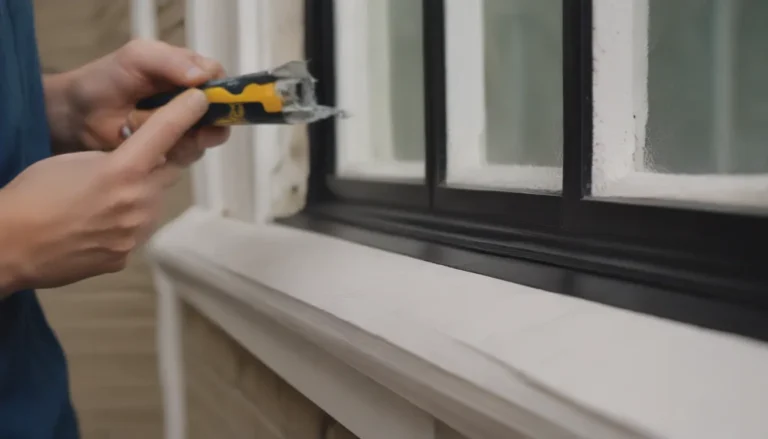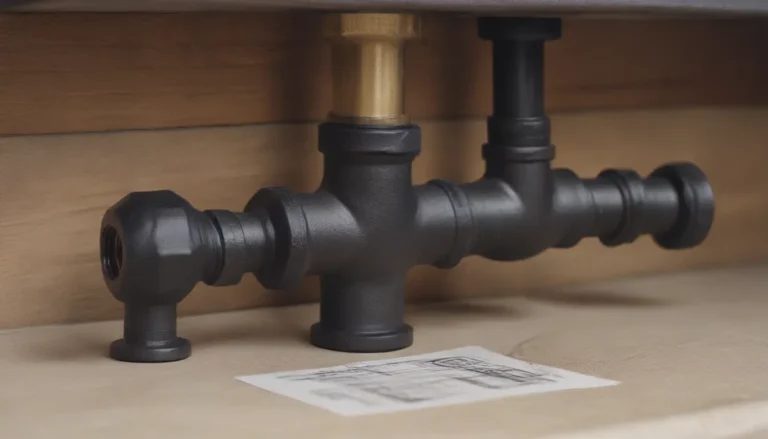Understanding Millwork: A Guide to Enhancing Your Home’s Decor

Have you ever wondered what exactly millwork entails? Despite encountering it in almost every home, many people are often unsure of the distinction between millwork and other forms of woodwork. In this comprehensive guide, we will delve into what millwork is, where it can be found in your home, the difference between millwork and casework, and the costs associated with incorporating millwork into your next project.
Exploring the Definition of Millwork
Millwork encompasses a wide range of decorative elements in a home that are produced in a sawmill. While traditionally limited to products made from raw lumber, modern millwork now includes materials beyond wood, such as metal and composites. The versatility of millwork allows for endless design possibilities to suit any style preference or architectural vision.
To get a better grasp of what falls under the umbrella of millwork, here are some examples:
- Trim
- Baseboards
- Molding
- Doors
- Wall paneling
These components are designed to enhance the aesthetic appeal of a space and add a distinctive touch to the overall design. Whether you prefer the warmth of natural wood or the sleekness of metal, millwork offers a myriad of options to elevate your home’s look.
Where to Source Millwork
When it comes to identifying millwork in your home, the possibilities are endless. Common areas where millwork can be found include:
- Doors and doorframes
- Windows and window frames
- Crown molding
- Stairs
- Wall paneling
- Mantelpieces
Both indoors and outdoors, millwork plays a key role in defining the character of a space. Whether it’s the intricate details of a door surround trim or the grandeur of a custom mantelpiece, millwork adds a touch of sophistication and charm to any environment.
Millwork vs. Casework: Understanding the Difference
While millwork encompasses decorative elements produced in a sawmill, casework refers to boxed items like bookcases, cabinets, and drawers. Casework is often mass-produced in standard dimensions, making it a cost-effective option for storage solutions in a home. In contrast, millwork is more tailored towards enhancing the visual appeal of a space through elements like trim and molding.
Estimating the Cost of Millwork
The cost of incorporating millwork into your home can vary depending on the specific products and materials you choose. While it can be challenging to provide an exact cost estimate due to the diverse nature of millwork projects, here are some typical ranges for common millwork installations:
- Interior Door Replacement: $500 – $1,500
- Exterior Door Replacement: $1,000 – $3,000
- Window Installation: $300 – $1,000 per window
- Trim Installation: $2 – $6 per linear foot
- Transom Window Installation: $200 – $500 per window
- Mantelpiece Installation: $500 – $2,500
By understanding the cost implications of incorporating millwork into your home, you can better plan and budget for your renovation or remodeling project. Whether you are looking to add a touch of elegance with new trim or enhance the functionality of your space with custom cabinetry, millwork offers endless possibilities for transforming your home.
In conclusion, millwork serves as a versatile and customizable option for elevating the design of any home. From intricate moldings to custom doors, the beauty of millwork lies in its ability to infuse character and charm into a space. By exploring the various aspects of millwork and understanding its cost implications, you can make informed decisions when incorporating these elements into your home decor. So, whether you are embarking on a major renovation or simply looking to add a touch of sophistication to your space, millwork offers a wealth of opportunities to enhance your home’s aesthetic appeal.





